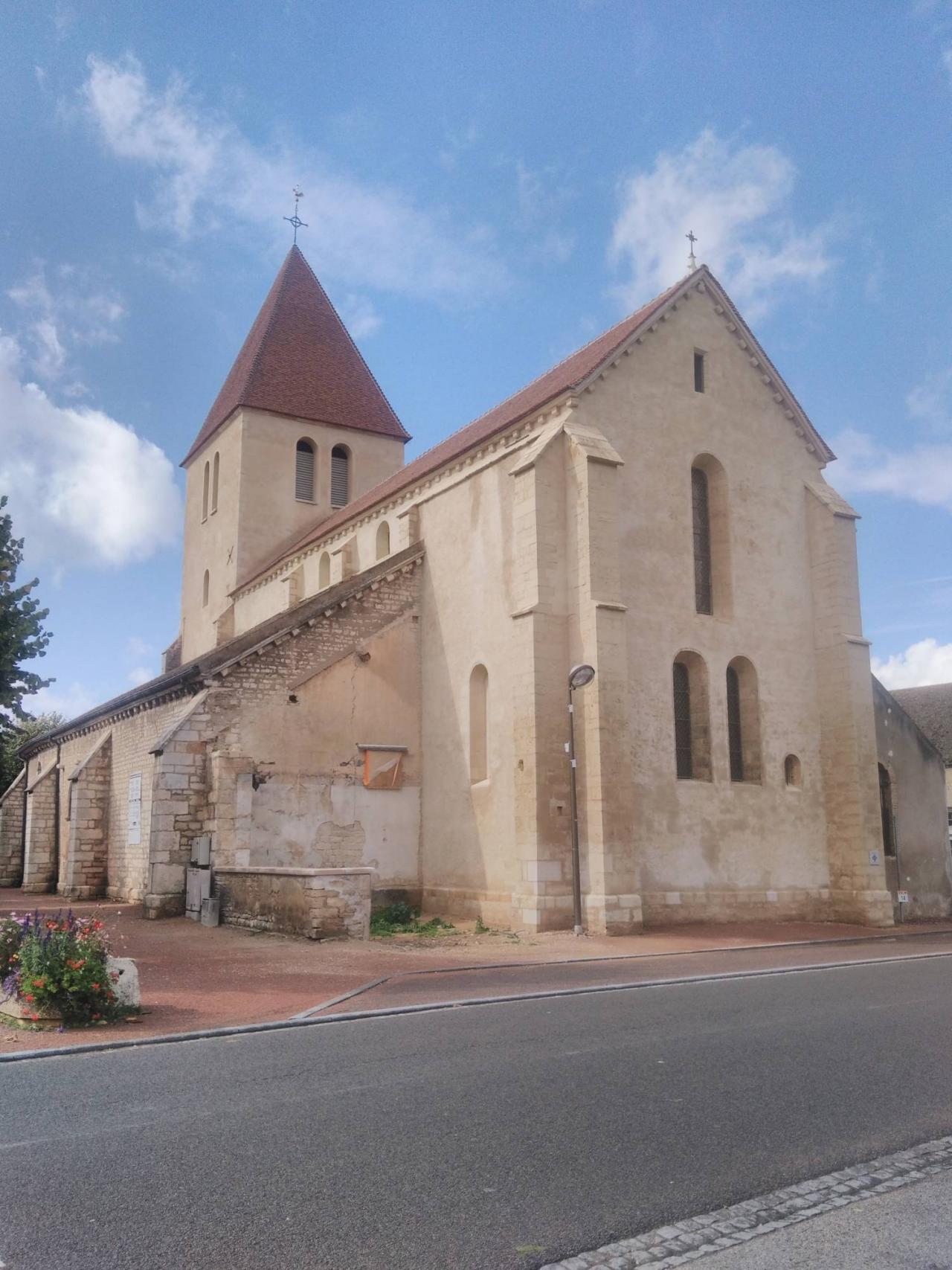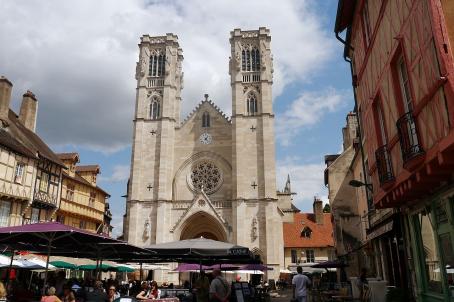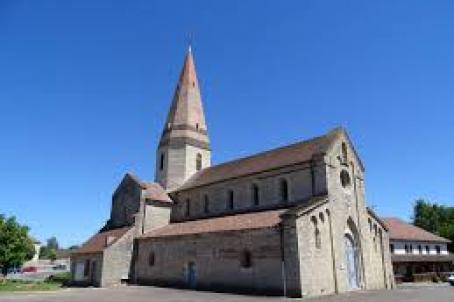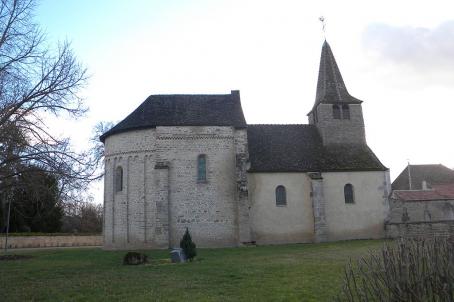Church of Saint-Germain-l'Auxerrois
The church of Saint Germain-L'Auxerrois de Gergy, built at the beginning of the 13th century, is at the crossroads of two styles: the end of the Romanesque period and the beginning of the Gothic style, with a Cistercian inspiration and a limestone vaulted building. The interior includes a nave, an avant-choir and a choir with flat chevet, which are the characteristic elements of Gothic churches. The capitals and ornaments also illustrate this transition between Romanesque and Gothic art.
About this building
The church of Saint Germain-L'Auxerrois de Gergy, built at the beginning of the 13th century, is at the crossroads of two styles: the end of the Romanesque period and the beginning of the Gothic style. The inspiration of the Cistercian buildings, the church imposes an austere first impression due to its sheer size.
The limestone building has ribbed vaults and a three-span nave, supported by cruciform pillars, and a choir with a flat chevet, which are characteristic of the first Gothic churches in the area while the base of the walls are of the Romanesque style.
In the 15th century, a local noble erected a funerary chapel for his family. It is possible to observe the statue of St. John the Evangelist and the funerary slabs. In the seventeenth century, the bell tower was cut down by lightning, destroying part of the facade and damaging the nave and the gate. The brick steeple was rebuilt and the damaged arches of the nave repaired. The portal lost its original tympanum and part of its arch. In the eighteenth century, a sacristy was added.
For a relatively modest country church, the capitals and ornaments also illustrate the transition between Romanesque and Gothic art: only one capital is Romanesque while the others have exuberant vegetal motifs characteristic of Gothic art. There are also several statues including a Saint Germain d'Auxerre (16th century), a Virgin of Mercy and a virgin with children (15th century), as well as paintings from the seventeenth and eighteenth centuries.






